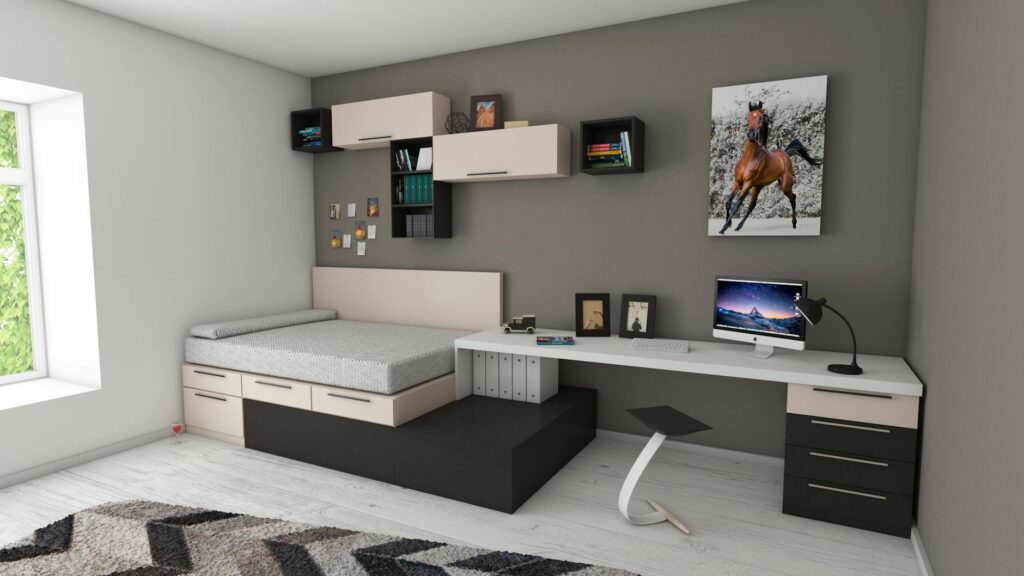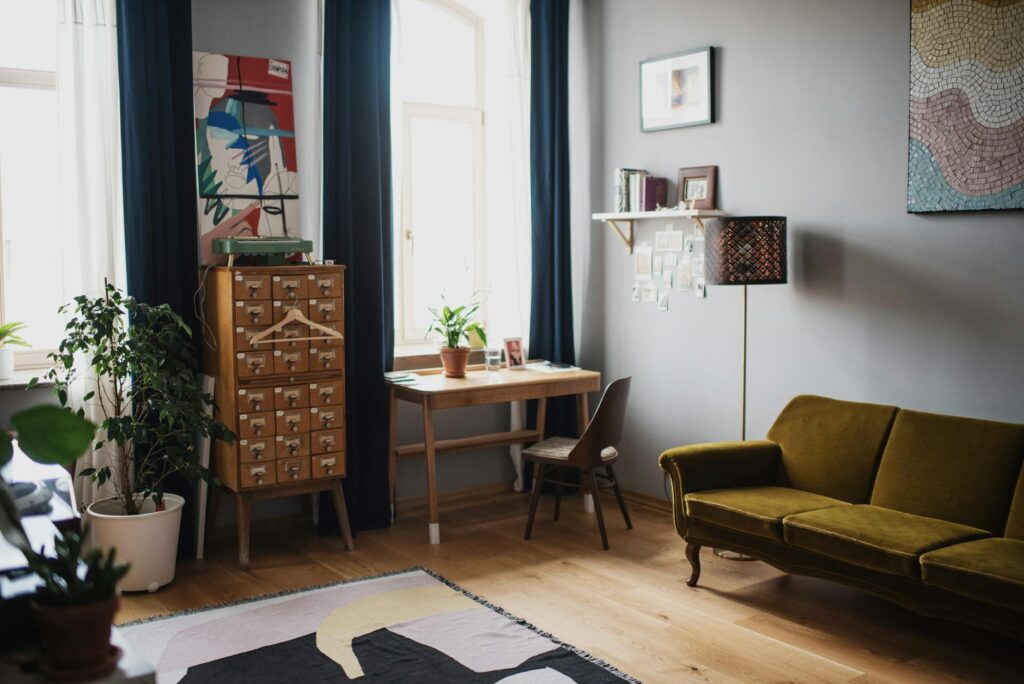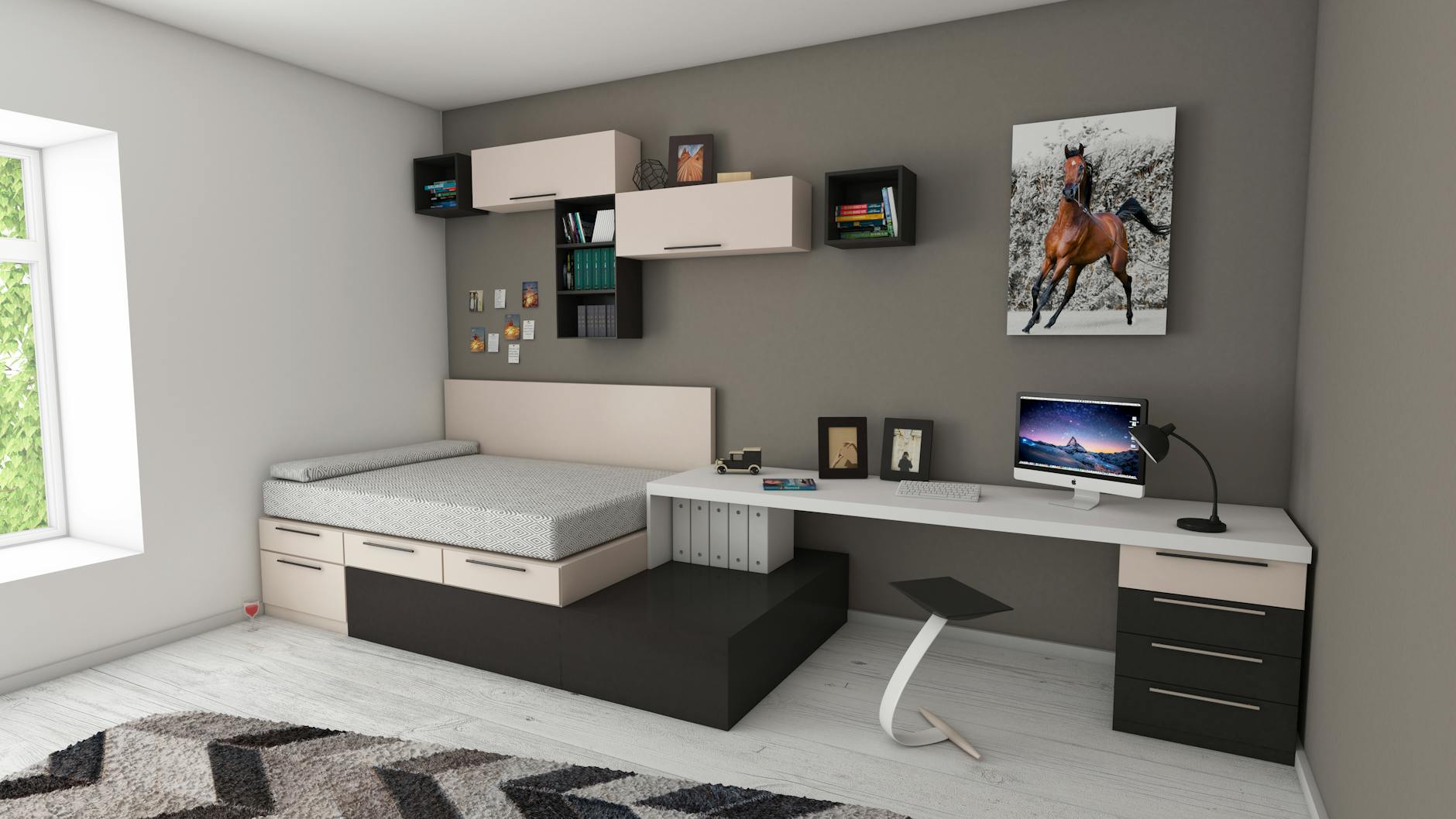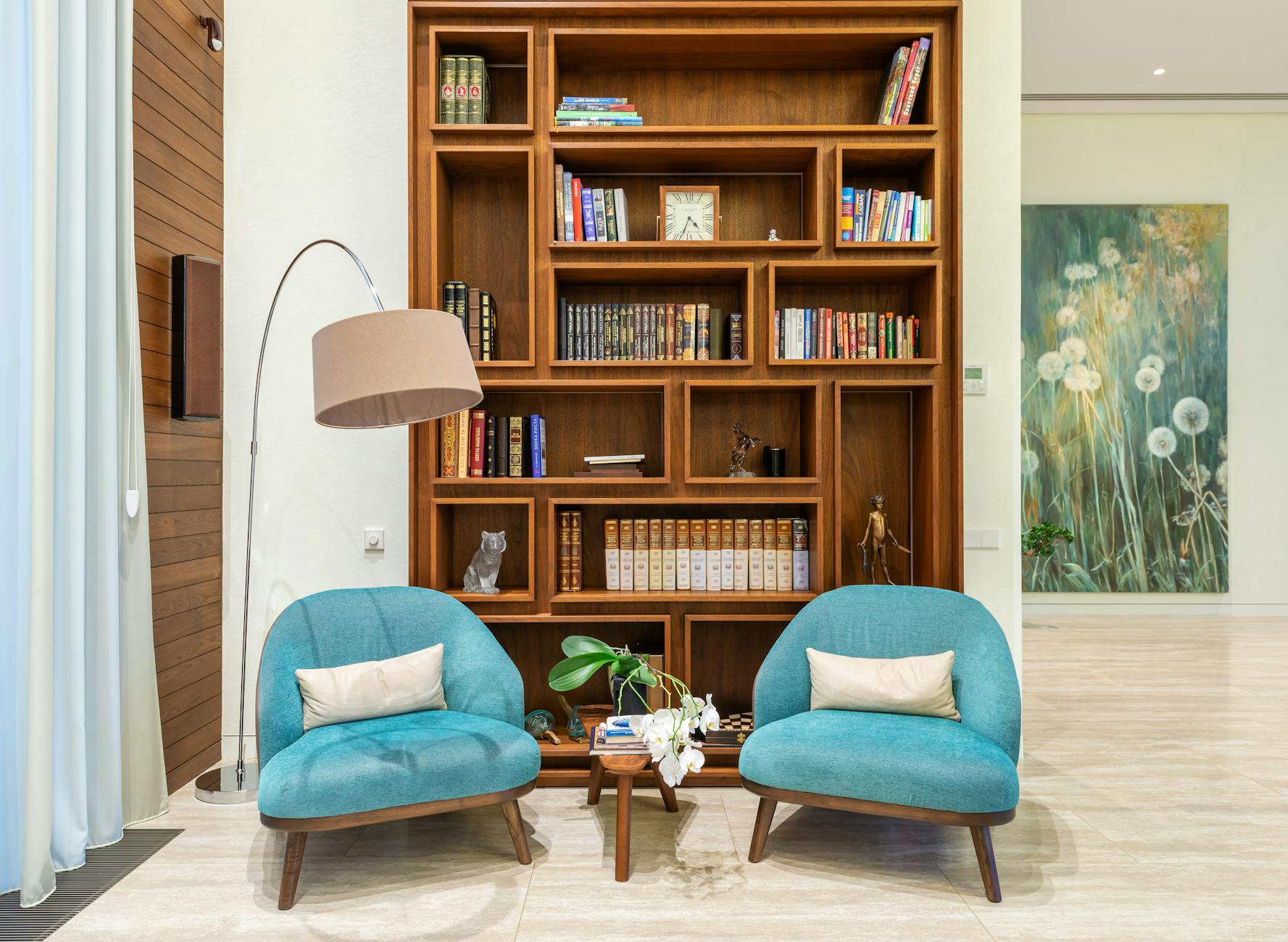Choosing the right lighting for a room can be a challenge. Many people wonder if a single floor lamp can adequately illuminate a space. The answer, as with most design questions, is nuanced and depends on several factors.
Types of Floor Lamps
Not all floor lamps are created equal. The type of shade, the bulb wattage, and the lamp’s height all influence how much light it emits. Consider a tall arc floor lamp versus a small, table-like floor lamp. 
Room Size and Layout
A large living room will obviously require more light than a small bedroom. The room’s layout also plays a role. If you have an open-plan living space, one floor lamp might not suffice. Consider how the light will distribute around the furniture. Optimizing your lighting layout is key.
Bulb Wattage and Type
The type of lightbulb significantly impacts brightness. Incandescent bulbs produce a warmer light, but LED bulbs are more energy-efficient. Using a high-wattage LED bulb can brighten a room effectively. Explore the different types of lightbulbs and their lumens to find the best option for your needs. 
Ambient, Task, and Accent Lighting
While a single floor lamp might provide enough ambient lighting, it’s unlikely to handle task lighting (like reading) or accent lighting (highlighting artwork). To truly illuminate a room well, you might need a multi-pronged approach. Good lighting design considers all three aspects.
Wall Color and Room Decor
Darker wall colors absorb light more readily than lighter ones. If you have dark walls and furnishings, a single floor lamp may struggle to brighten the room sufficiently. Consider the reflectivity of your decor when assessing lighting needs. [IMAGE_3_HERE]
Limitations of a Single Floor Lamp
Relying on just a floor lamp can create uneven lighting, leading to dark corners and potentially uncomfortable shadows. This can be particularly problematic for activities that require focused illumination, such as reading or working. This is why supplementary lighting is often necessary.
Adding Supplemental Lighting
Supplementing a floor lamp with other light sources, such as table lamps or overhead lighting, is generally recommended for optimal illumination. This provides a well-balanced and more comfortable environment. [IMAGE_4_HERE]
Choosing the Right Floor Lamp for Your Needs
Selecting a floor lamp that suits your room and intended use is crucial. Consider the lamp’s design, the bulb type, and the light output to make an informed decision. Check out this guide to choosing floor lamps for more information.
In conclusion, while a floor lamp can be *part* of a room’s lighting solution, it is rarely sufficient as the sole source of illumination, especially in larger rooms or spaces with dark colors. Combining it with other light sources creates a more functional and aesthetically pleasing environment.
Frequently Asked Questions
Can I use a floor lamp in a small room? Yes, but make sure it’s appropriately sized for the space and that the bulb provides enough light.
What is the best type of bulb for a floor lamp? LED bulbs are generally recommended for their energy efficiency and brightness.
Are floor lamps safe? Yes, provided you choose a lamp with safety certifications and use it correctly. Always ensure the lamp is stable and the wiring is intact. Learn more about lamp safety.
How many floor lamps do I need per room? It depends on the room’s size and the lighting scheme. Often, combining a floor lamp with other lights is necessary.
Where can I find more information about home lighting? Check out this helpful resource: Home Lighting Guide.





